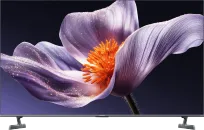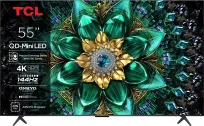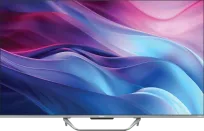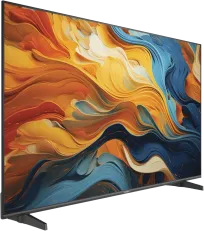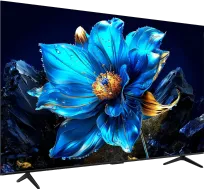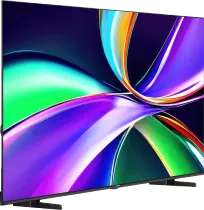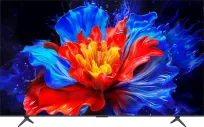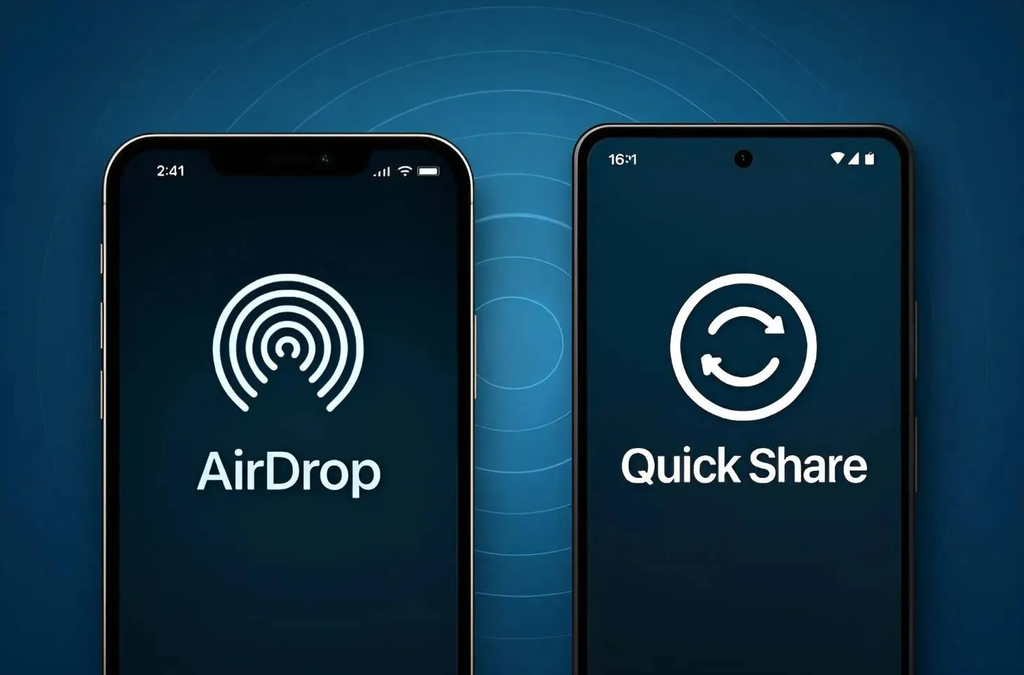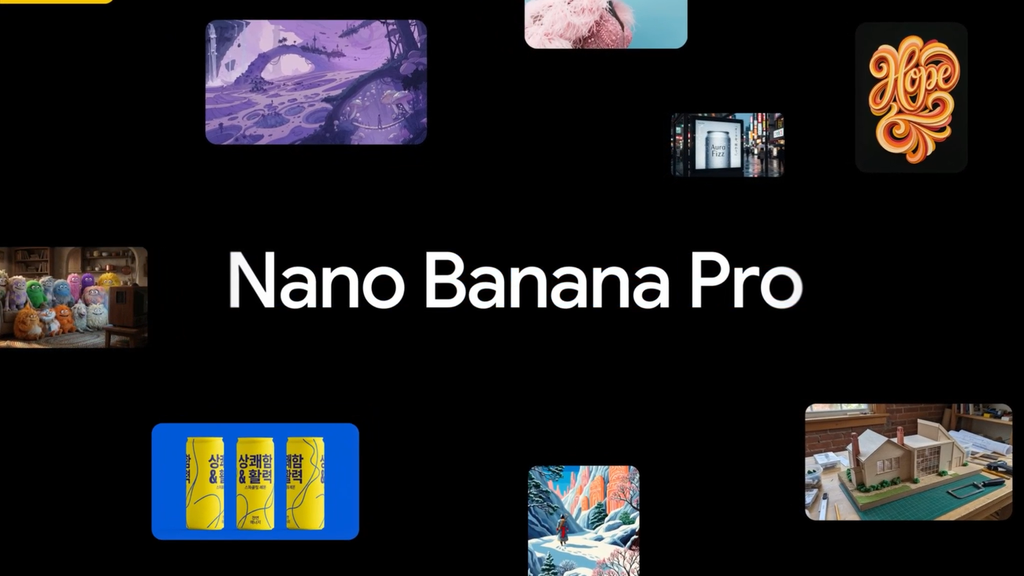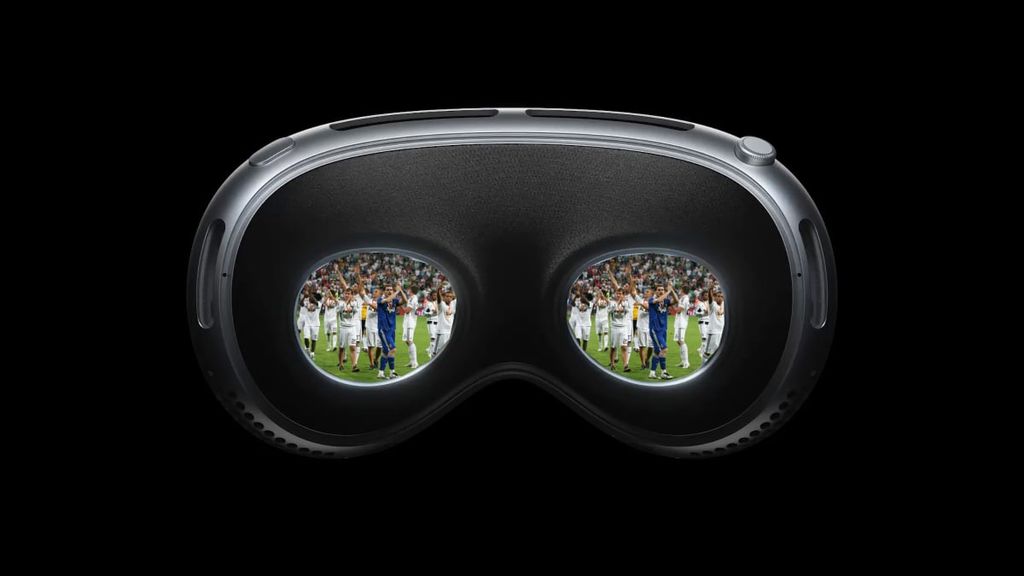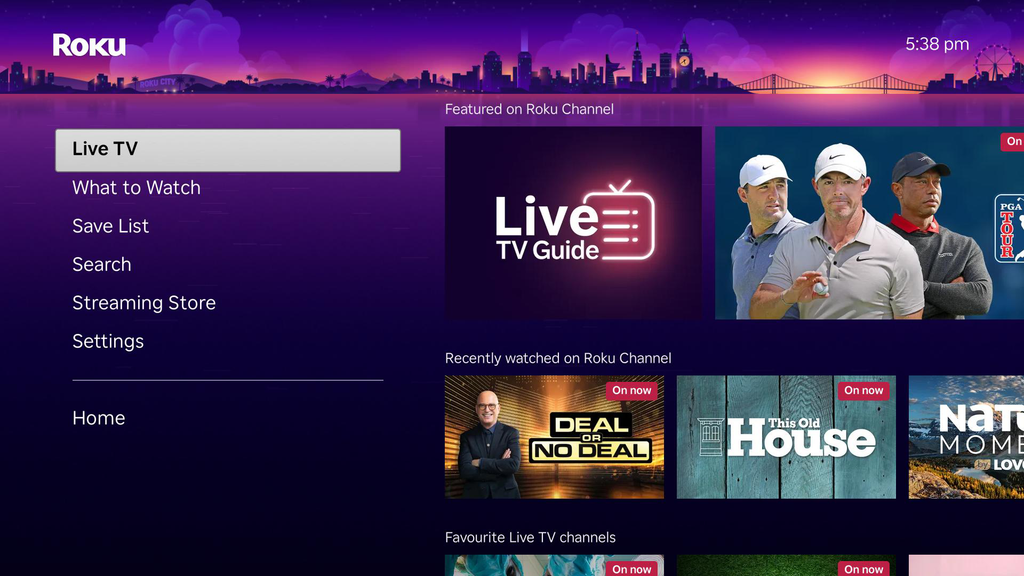
After the premiere of this year's LG OLEDs, it’s time for something definitely more affordable. Among the new LCD models, the QNED line stands out, fulfilling the role of a "mid-range" option in the manufacturer's offer for several years – positioned between the cheapest televisions from the UR or Nano series and the flagship OLEDs. Today we take a look at the QNED85 model (or QNED86/87) from the 2025 lineup – likely the most affordable LG television from the QNED evo series. We will check what it has to offer, who it might be aimed at, and whether it has a chance to become a reasonable alternative to OLEDs and more expensive Mini LEDs.
👉 *Of course, we also encourage you to check out our review of the LG QNED87T – there are currently some great promotions on it, so perhaps it will turn out to be the better choice for you
Appearance and structure – familiar, but is it a bad thing?




In terms of design, the QNED85/86/87A 2025 series is virtually indistinguishable from last year's QNED87T model. The casing looks almost identical – it features a simple, modern construction typical of contemporary LCD televisions. The television may not be a record-holder in terms of slim bezel, but it presents neatly from the side, and overall it gives a solid impression. A distinctive detail is the small LG logo placed in the bottom right corner, which subtly stands out against the casing. There are no wild stylistic choices here, but nothing is lacking to ensure it fits into any interior. Depending on the distribution (perhaps, but more on that soon), the QNED85/86/87A 2025 television may be equipped with one of three types of stands. In circulation, we will find a version with classic spaced legs, a central base in the shape of a “C”, and a flat, minimalist base resembling an inverted “T”.
Black and contrast – or everything depends on... size?
If you've been following our portal, you probably already know that LG has permanently said goodbye to its LCD panel factories. From 2024, LCD television panels will be sourced from external suppliers – mainly Chinese, such as BOE or CSOT (TCL). This may seem like a small change, but in practice, it affects the actual image quality – especially in cheaper models. In the case of the QNED86A (2025), the situation becomes particularly interesting, as depending on the size, we may encounter a completely different type of panel – VA or IPS/ADS. And as we know well, the differences between them are substantial, especially when it comes to contrast and black depth.
That’s why this year we plan to test each size separately, so you can have complete clarity about what to expect from a specific variant. Because – as experience shows – choosing a model is one thing, and choosing a diagonal is another. For comparison, you can see the differences between VA and IPS panels and the type of backlighting in the material below, which we have collected from LG QNED televisions from 2024:
MiniLED? Well, not entirely
The level of black and contrast is determined not only by the type of panel but also by the type of backlighting, which is why – as you know us – we couldn’t leave this topic without comment.
Both LG and many retailers promoting the QNED85/86/87A models from the 2025 range boast the slogan "MiniLED". At first glance, this looks promising – after all, MiniLED is a technology associated with local dimming, greater light precision, and better contrast. The problem is that… not everything here is as it seems.
According to the independent service FlatpanelsHD, the models from this series do NOT offer true MiniLED backlighting. In reality, LG has used edge lighting, not direct (such as FALD), and this applies to most screen sizes – from 43 to 86 inches. Miniature lenses are present, but they have been placed on the edge of the screen. You can imagine the effects of this for yourselves. If you are buying one of these models thinking that you are getting a “real MiniLED”, you may be disappointed – because technically speaking, it is still only edge lighting with a bit of marketing added.
QNED85A, QNED86A, QNED87A... The chaos in naming continues
If you thought that choosing an LG television from the QNED series was just a matter of size, then... we must disappoint you. In 2025, the confusion over naming reached a new level. The same model can appear in stores under different names: QNED85A, QNED86A, QNED87A – and the differences between them at first glance would seem to concern, for example, the colour of the casing or the type of stand. The problem is that… that’s not the end.



There is also the designation of variants such as A6A, A6B, A6C – and interestingly, these extensions do not directly indicate anything about the appearance or specifications. For example: Choosing the 55" QNED86A6A model at store X might result in a completely different type of television than at store Y. 😂
Looking at the offers from official distributors, we are dealing with a total mess. Everything indicates, however, that it is technically the same television, differing only in the type of base. And this is where it gets interesting. There are three different versions of feet in circulation:
Two spread feet
Central base in the shape of a “C” – resembling constructions from Samsung or TCL,
Flat base in the style of an inverted “T”
Above, we are uploading photos so you can figure out for yourselves which version is which – because we are getting lost too 😅
HDR – great news for home cinema fans!
There is something that truly deserves praise here. Everything indicates that the QNED85/86/87A 2025 series has received a small but very significant update compared to its predecessor. After just a year’s hiatus, the support for dynamic Dolby Vision metadata is back in its place! And frankly – that’s a very good decision. While we heavily criticised LG for cutting out DTS:X support in the 2025 OLEDs, it seems that someone in accounting decided it was worth paying for Dolby Vision – at least in the mid-range televisions. And thankfully so. Because unlike the somewhat niche DTS, Dolby Vision genuinely impacts image quality – allowing for better management of brightness and contrast, especially in challenging scenes. In the QNED television segment, this could be a significant advantage and something that will definitely enhance the experience of watching films and series in HDR.
Players, attention – is every QNED a good choice?
The new QNED85/86/87A 2025 series looks quite promising from a gamer’s perspective. Most sizes – starting from 55 inches – are equipped with 120 Hz or even 144 Hz panels, which, combined with HDMI 2.1, VRR, ALLM, and a dedicated Game Bar, makes it a very sensible choice for a next-gen console.
But – and here's another important note – one must be careful with smaller sizes. This year, LG has expanded the range to include 50 and 43 inches. In the 2025 models, it seems that these smaller diagonals only have 60 Hz... Interestingly, the QNED85 from 2024 in the 50” version still had a 120 Hz panel.
QNED85A: or "Chaos" in a box




If we were to describe the QNED85/86/87A 2025 in one word, it would be... "total chaos". We have everything here: MiniLED that is not really MiniLED, different types of panels depending on the size, versions with 144 Hz and 60 Hz, and on top of that, a complete mess in naming and design of the bases. And although the television itself may turn out to be quite decent, it now requires from the consumer not so much technical knowledge as detection skills. Therefore, at this moment we say one thing: wait for our tests. There is a high probability that this one model will require as many as four separate reviews – for the version with an IPS/ADS panel, for the version with a VA panel, for the 144 Hz variant, and for the 60 Hz version. Only then will it be possible to say what this QNED can really do.
And if you don't want to wait and prefer to go for something tried and tested – we invite you to our ranking of LG televisions from the sale. Perhaps that's where you'll find a model whose quality is 100% guaranteed.
 Maciej Koper
Maciej Koper
